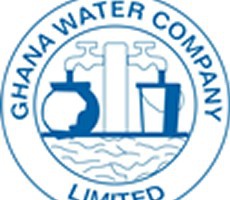The Ghana Water Company Limited (GWCL) has assured residents of the Cape Coast Metropolis that they would be supplied with water through tankers by Thursday, May 2.
Emmanuel Ashia, Central Regional Chief Manager of GWCL, gave the assurance following water crisis that has hit the metropolis about a week ago.
He told the Ghana News Agency on Tuesday at Cape Coast that the water level in the Brimsu Dam, which is the main source of water supply to municipality, has fallen drastically.
Mr Ashia said residents, who were affected by the water shortage, carry gallons and other containers over long distances in search of water, while others buy from private water suppliers.
He said the situation was critical at the University of Cape Coast, and health facilities in the municipality where some hospitals demand water from patients, and expectant mothers before they accept them for delivery.
Mr Ashia said with the current state of the dam, the company was now producing only about One million gallons of water per day instead of its daily production capacity of four million gallons. He said the level of water in the dam had declined from 25 feet maximum operation capacity to below eight feet, which is the minimum operation capacity, compelling the GWCL to draw water from it intermittently.
Mr Ashia explained that water supply from the Sekyere- Hemang treatment plant, which serves the Komenda-Edna-Eguafo-Abrem area, and supplements Cape Coast water supply system, was inadequate. He said the situation was due to frequent power outages, and low pressure, making it difficult to pump water.
Mr Ashia said the GWCL was currently purchasing a large capacity polytanks which would be placed at vantage points in the metropolis for private water tanker suppliers to fill the containers.
Meanwhile, the Ghana National Fire Service in the region was assisting the GWCL to supply water to some second cycle institutions as well as government institutions, including hospitals.
Regional News of Tuesday, 30 April 2013
Source: GNA
Oguaa residents to get water through water tankers

Entertainment











